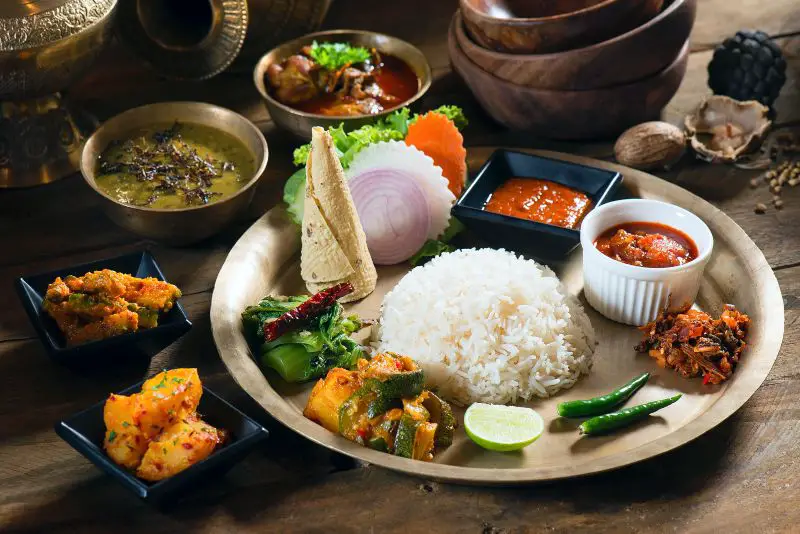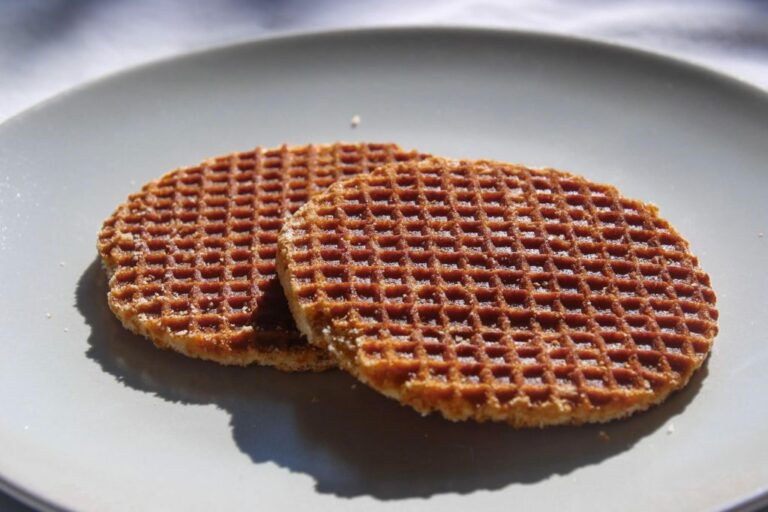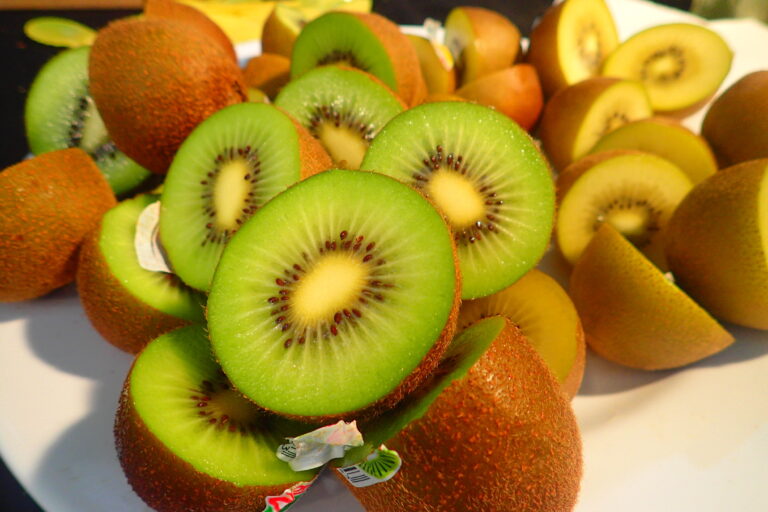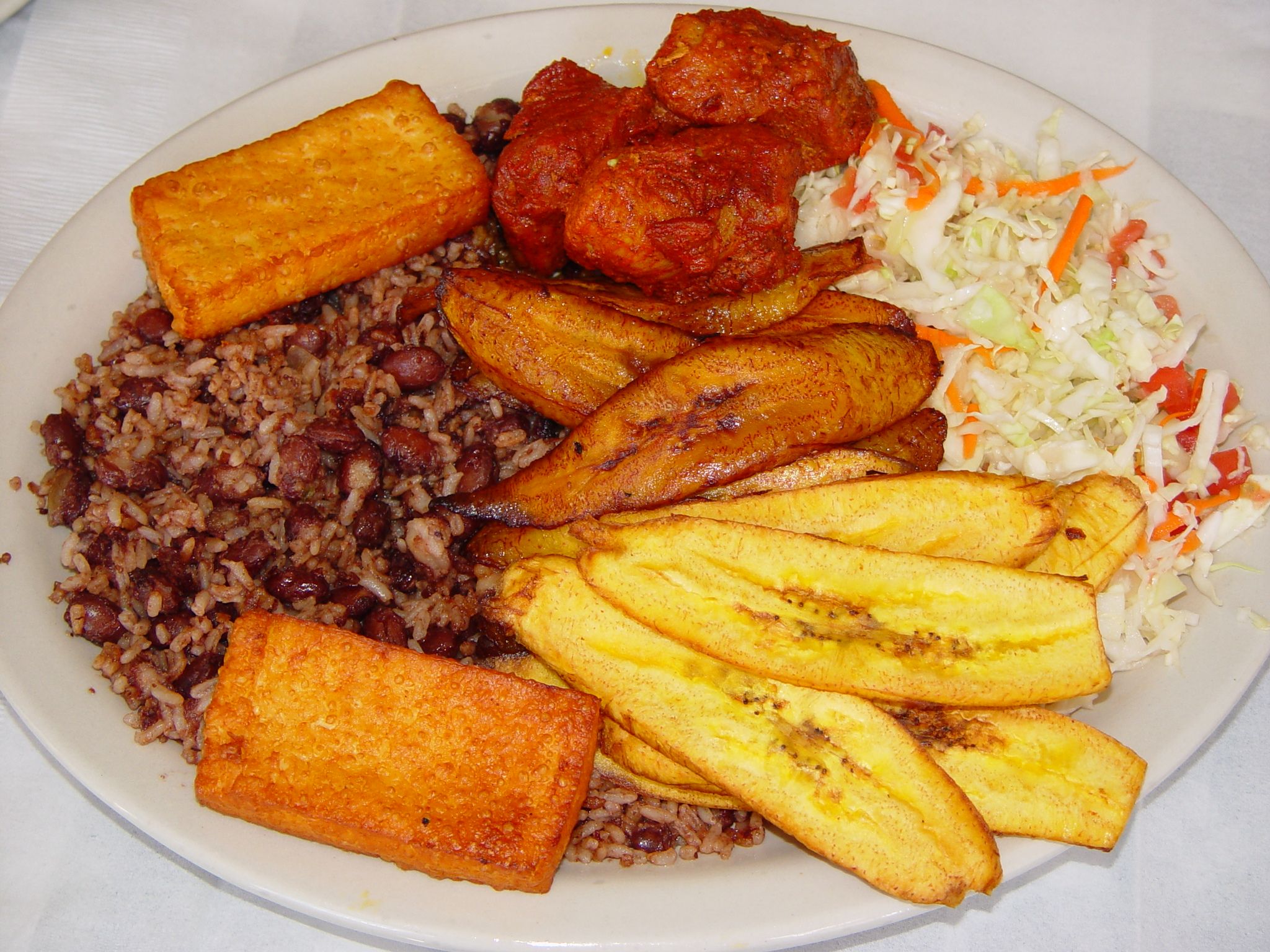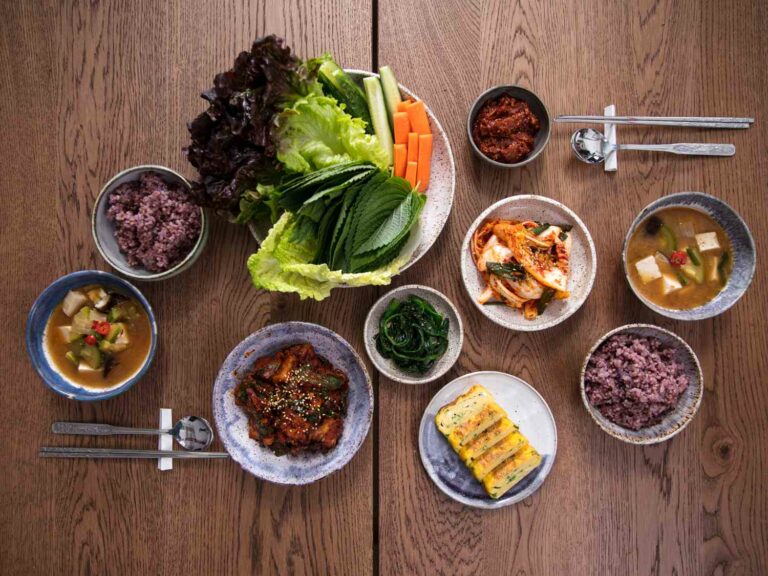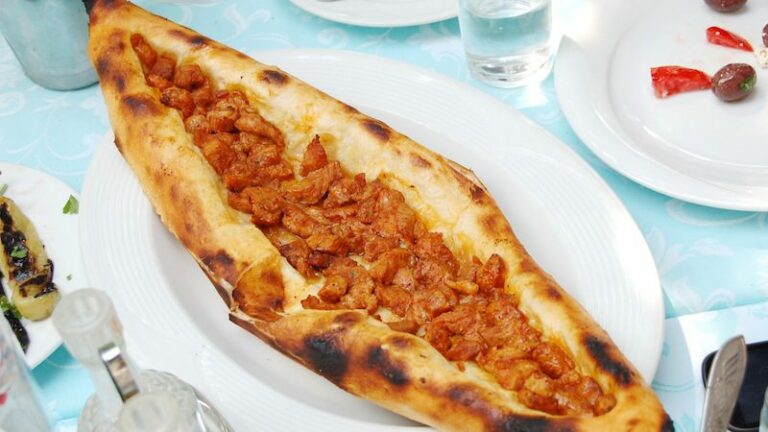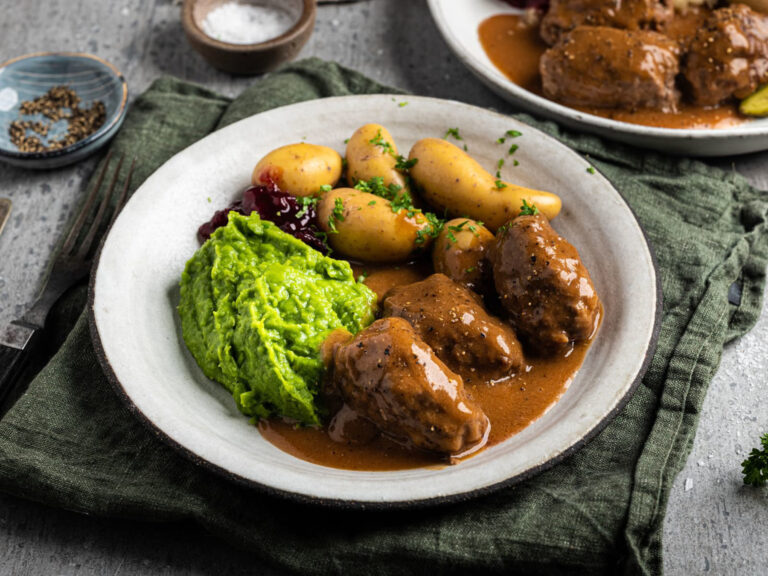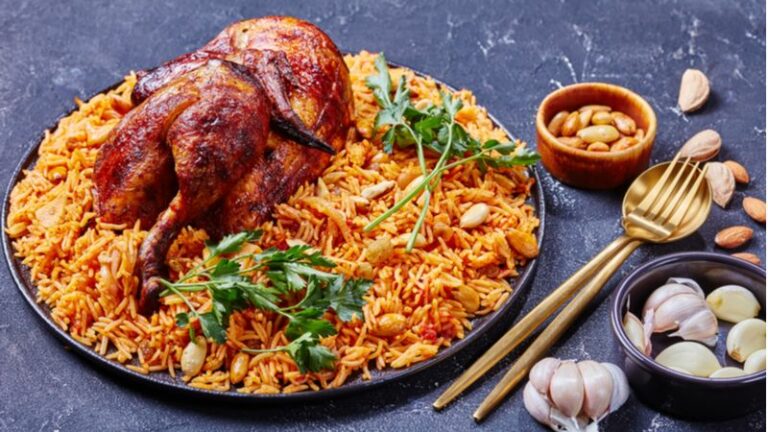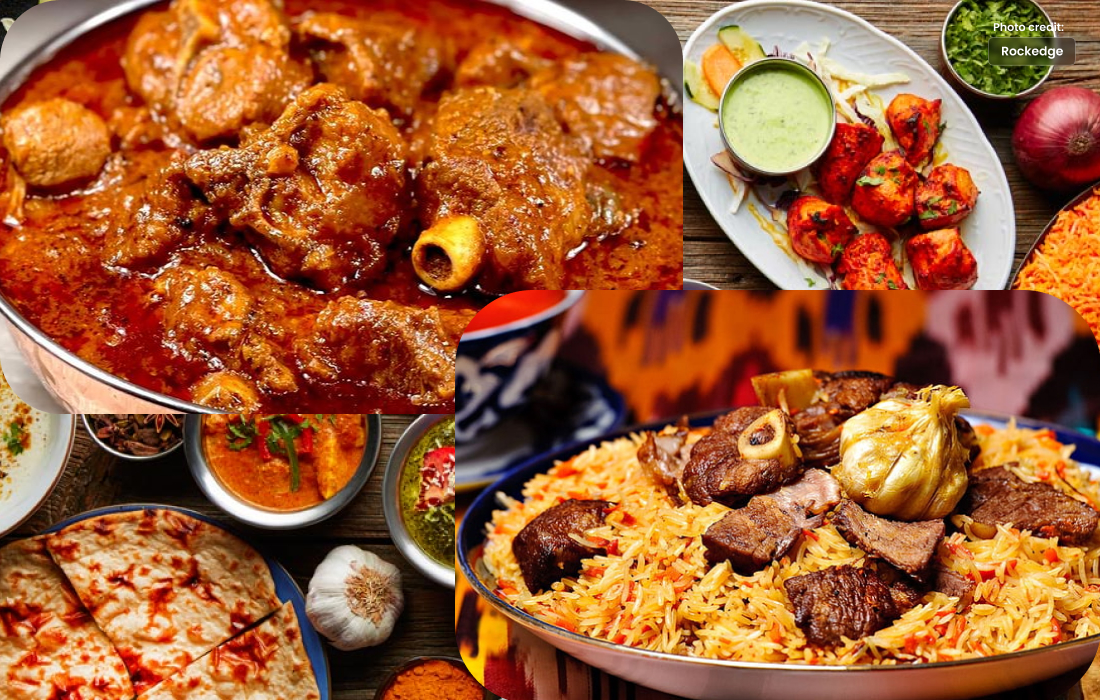Introduction: Nepalese cuisine and dietary restrictions
Nepalese cuisine is known for its unique blend of spices and flavors, making it a popular choice for foodies all around the world. However, for individuals with dietary restrictions such as gluten-free or vegan, finding suitable Nepalese dishes can be challenging. With the rise of food allergies, intolerances, and dietary preferences, it is essential to know which Nepalese dishes are safe and suitable for those with specific dietary restrictions.
Gluten-free Nepalese dishes
Many Nepalese dishes are naturally gluten-free, thanks to the country’s reliance on rice, lentils, and vegetables. Some popular gluten-free options include dal bhat, a traditional Nepalese dish that consists of lentil soup, rice, and vegetables. Thukpa, a hearty noodle soup made with rice noodles, vegetables, and chicken or beef broth, is another gluten-free option. For those who enjoy a bit of spice, paneer tikka is a gluten-free dish that features marinated and grilled paneer (Indian cheese).
Vegan Nepalese dishes
Nepalese cuisine is heavily influenced by Indian cuisine, which means that many Nepalese dishes feature dairy or meat products. However, there are still plenty of vegan options available. For example, chana masala is a vegan dish that consists of chickpeas cooked in a spicy tomato-based sauce. Vegetable momos, a type of dumpling filled with a mixture of vegetables and spices, are another vegan option. Aloo gobi, a dish made with cauliflower and potatoes cooked in a mixture of spices, is also vegan-friendly.
Vegetarian Nepalese dishes
Vegetarianism is common in Nepal, making it easy to find vegetarian options. Dal bhat is a popular vegetarian option, as is samosa, a fried or baked pastry filled with spiced potatoes and vegetables. Tarkari, a vegetable curry made with a blend of spices and vegetables, is another vegetarian option. Aloo dum, a dish made with potatoes and a blend of spices, is also vegetarian-friendly.
Nepalese dishes for those with lactose intolerance
Nepalese cuisine relies heavily on dairy products, making it challenging for those with lactose intolerance to find suitable dishes. However, there are still options available. Aloo tama, a dish made with potatoes and bamboo shoots, is lactose-free. Chana masala is another lactose-free option, as is samosa. Vegetable momos can also be lactose-free, depending on the ingredients used in the filling.
Conclusion: Enjoying Nepalese cuisine while accommodating dietary restrictions
Nepalese cuisine offers a diverse range of flavors and options, making it an excellent choice for foodies with dietary restrictions. From gluten-free to vegan and lactose-free options, there are many dishes to choose from. It is essential to communicate your dietary restrictions with your server or host to ensure that your food is safe and free from any allergens or intolerances. With some research and communication, it is possible to enjoy Nepalese cuisine while accommodating your dietary restrictions.

